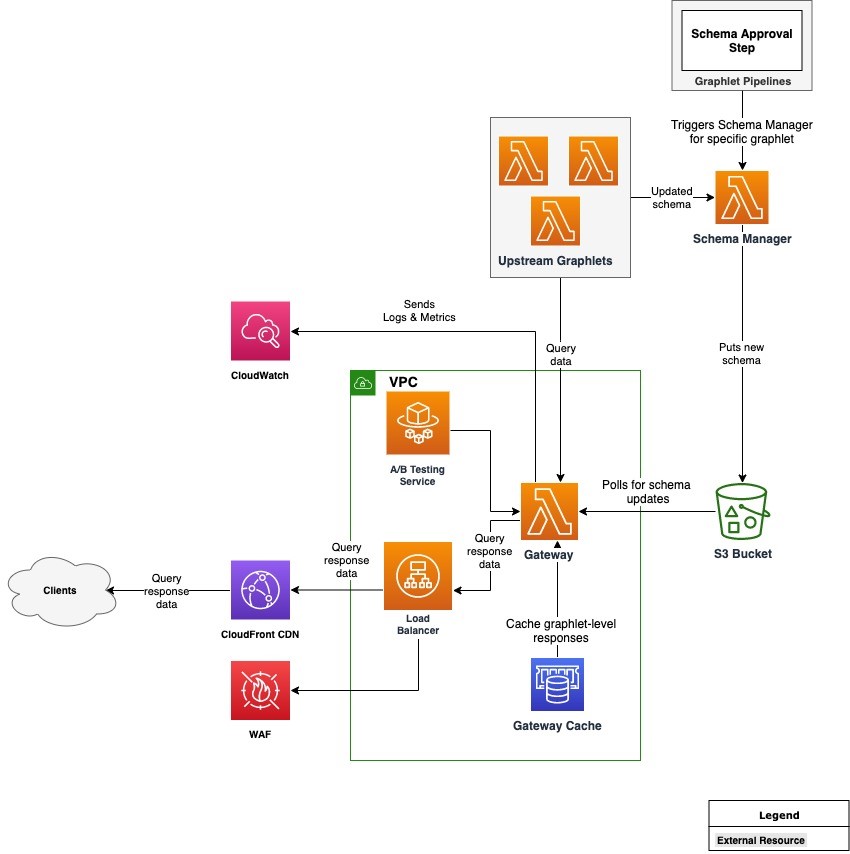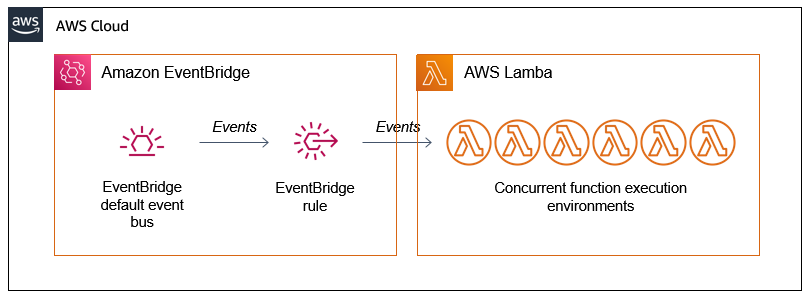AWS Compute Blog
Building federated GraphQL on AWS Lambda
A single, highly discoverable, and well-documented backend endpoint enabled our clients to experiment with the data available in the graph. We were able to clean up the backend API layer, introduce clear ownership boundaries, and give our client powerful tools to speed up their development cycle.
Building a serverless GIF generator with AWS Lambda: Part 2
Part 2 of this blog post expands on some of the advanced topics around scaling Lambda in parallelized workloads. It explains how the asynchronous invocation mode of Lambda scales and different ways to scale the worker Lambda function.
Building a serverless distributed application using a saga orchestration pattern
This post showed how to implement the saga orchestration pattern using API Gateway, Step Functions, Lambda, DynamoDB, and .NET Core 3.1. This can help maintain data integrity in distributed transactions across multiple services. Step Functions makes it easier to implement the orchestration in the saga pattern.
Increasing performance of Java AWS Lambda functions using tiered compilation
Tiered compilation stopping at level 1 reduces the time the JVM spends optimizing and profiling your code. This could help reduce start up times for Java applications that require fast responses, where the workload doesn’t meet the requirements to benefit from profiling.
Building a serverless GIF generator with AWS Lambda: Part 1
Many video streaming services show GIF animations in the frontend when users fast forward and rewind throughout a video. This helps customers see a preview and makes the user interface more intuitive. Generating these GIF files is a compute-intensive operation that becomes more challenging to scale when there are many videos. Over a typical 2-hour […]
Sending mobile push notifications and managing device tokens with serverless applications
This blog shows how to deploy a serverless solution for validating and managing SNS platform endpoints and tokens. To publish push notifications successfully, use SNS to check the endpoint attribute and ensure it is mapped to the correct token and the endpoint is enabled.
Adding resiliency to AWS CloudFormation custom resource deployments
This blog post demonstrates how to use SQS and Lambda to add resiliency to CloudFormation custom resources deployments. This solution can be customized for use cases where CloudFormation stacks have a dependency on a custom resource.
Python 3.9 runtime now available in AWS Lambda
You can now create new functions or upgrade existing Python functions to Python 3.9. Lambda’s support of the Python 3.9 runtime enables you to take advantage of improved performance and new features in this version. Additionally, the Lambda service now runs the __init_.py code before the handler, supports TLS 1.3, and provides enhanced logging for errors.
Building a serverless multiplayer game that scales: Part 2
This post shows how you can add scaling support for a game via automation. The example uses Amazon Rekognition to check images for unacceptable content and uses asynchronous architecture patterns with Step Functions and HTTP WebPush.
Automating Amazon CloudWatch dashboards and alarms for Amazon Managed Workflows for Apache Airflow
This article shows a serverless example that automatically creates CloudWatch dashboards and alarms for all existing and new MWAA environments. With this example, you can achieve better observability for your MWAA environments.










